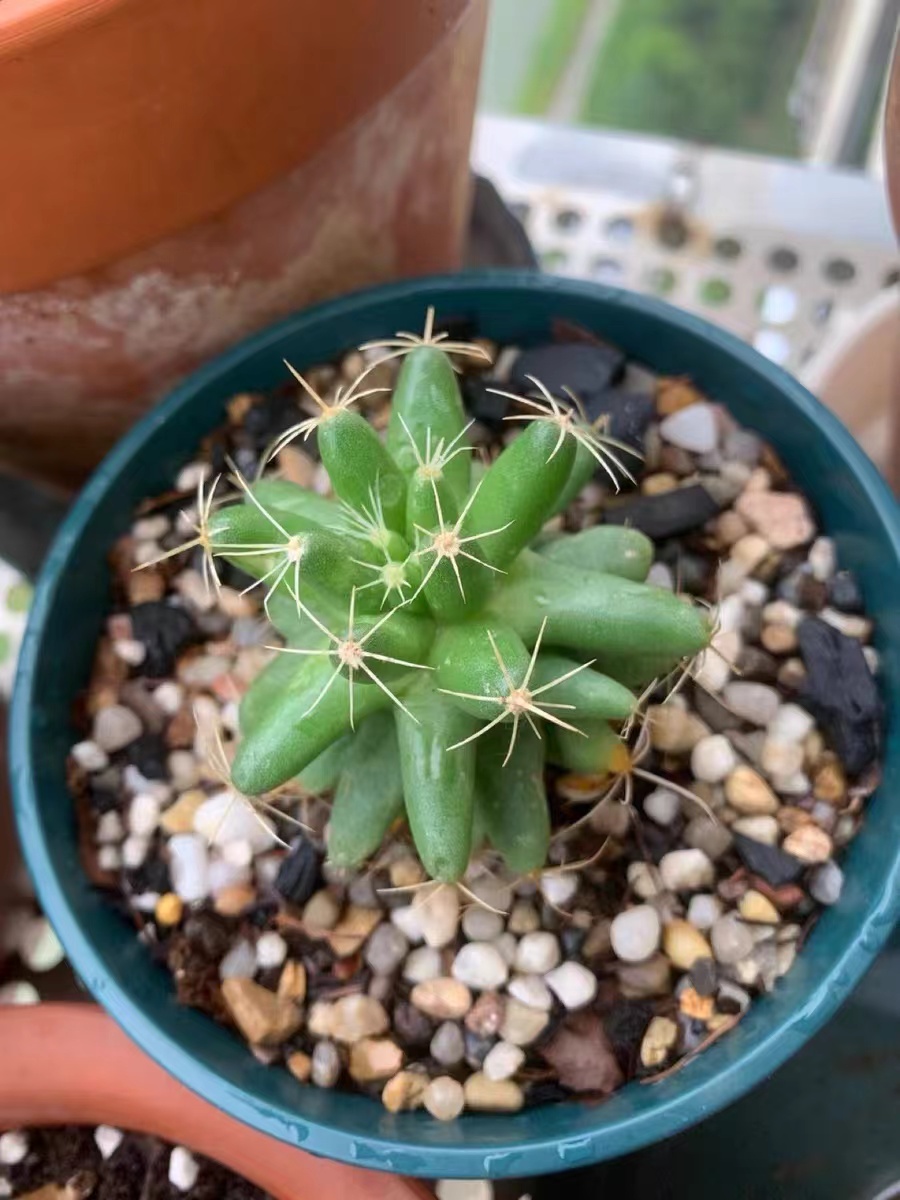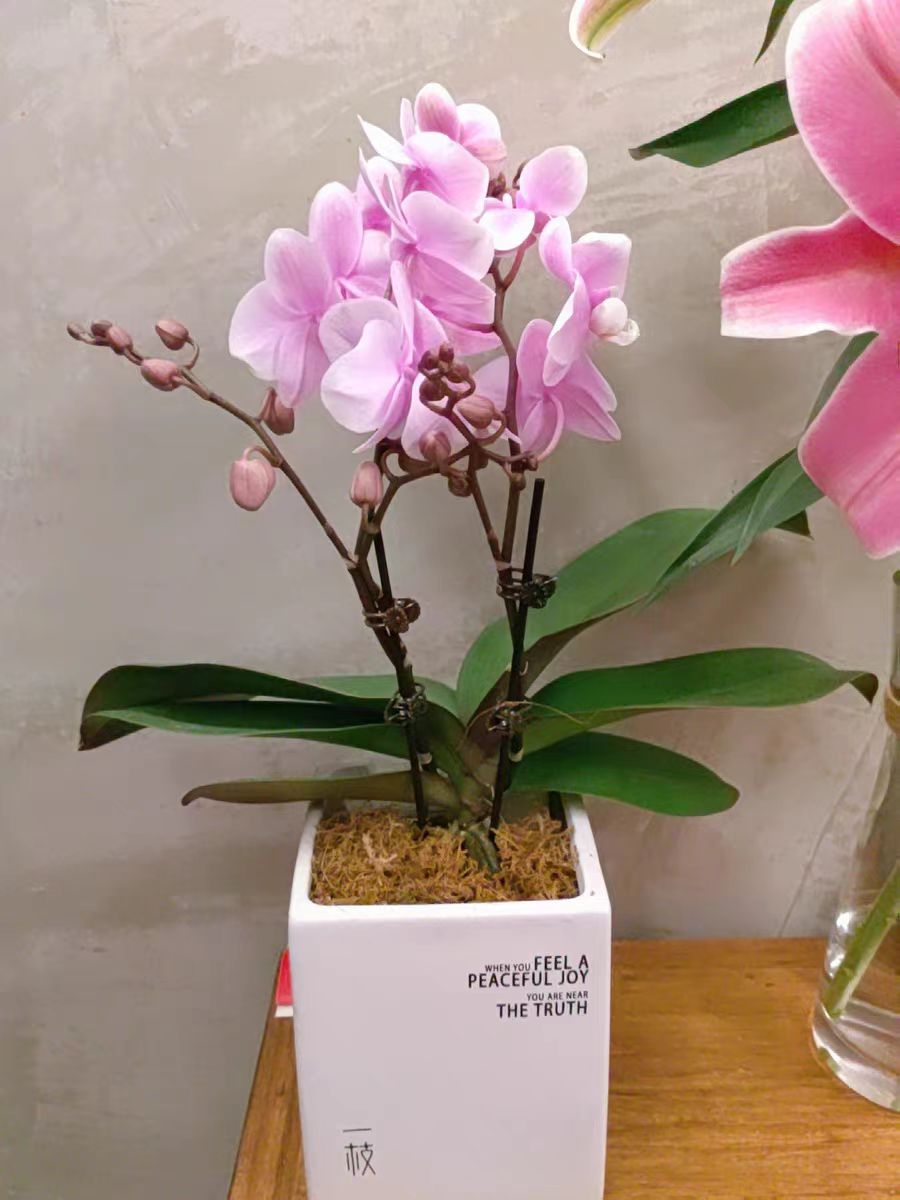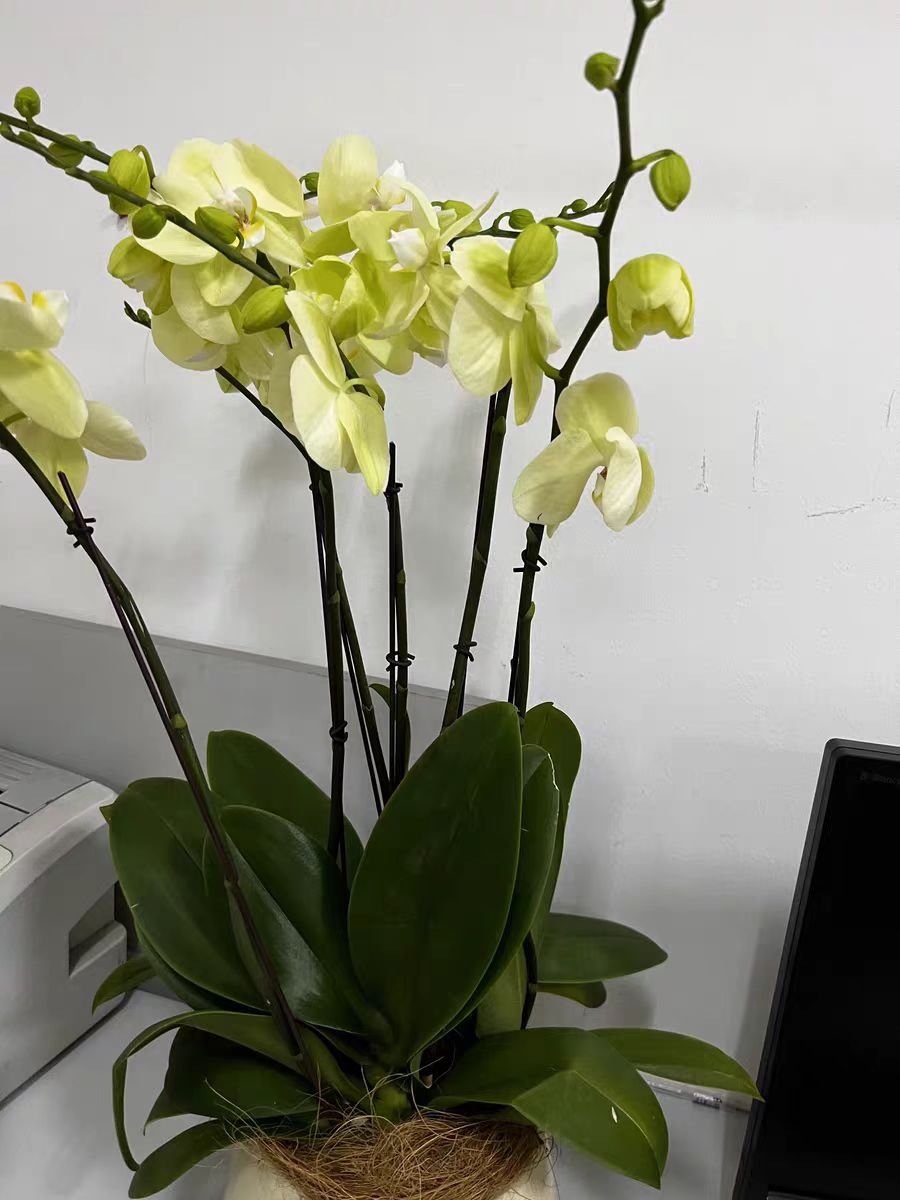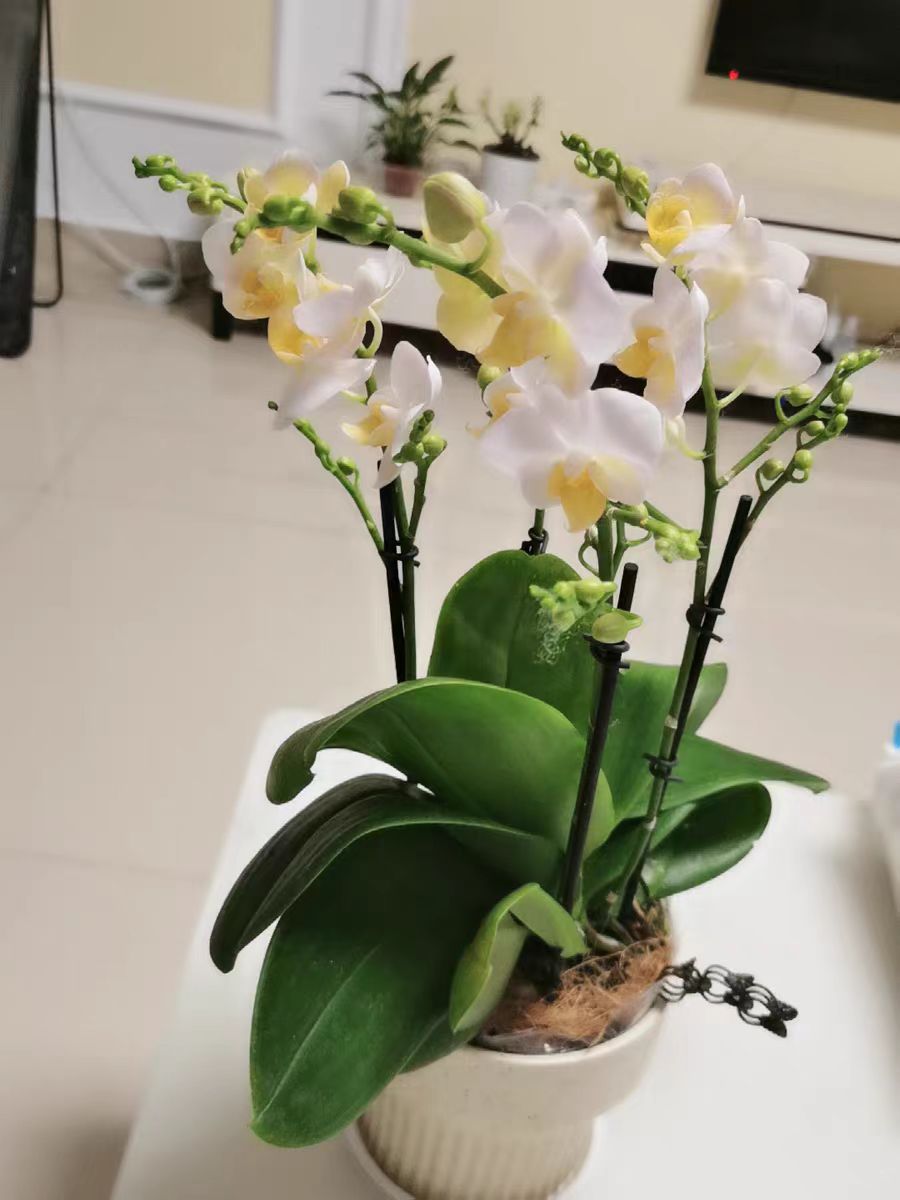Among many plants, many people have doubts about whether the cactus ball can bloom. In fact, the cactus ball can not only bloom, but under suitable conditions, their flowers can also bring stunning visual effects. Today, let's talk about three cactus ball varieties that are drought-tolerant, easy to raise, and have stunning blooms.
As a member of the Cactaceae family, the blooming ability of the cactus ball varies by variety. Generally speaking, it takes at least 3 to 4 years to cultivate the cactus ball, and when the diameter of the ball reaches at least 3 to 4 centimeters, it is possible to see them bloom. Some varieties, such as the golden tiger cactus ball, even need to wait for ten to twenty years to witness the blooming posture. However, most cactus balls can bloom as expected in a suitable environment. The flowering period is mostly concentrated from spring to summer. The colors are rich and the forms are diverse, which are extremely ornamental.
Echinopsis multiplex
Echinopsis multiplex is a succulent plant of the genus Gymnocalycium in the Cactaceae family. The plant is flat spherical, with dark green epidermis and covered with spines. Its flowers grow on the top of the sphere. The flower colors are white, pink, deep red and other colors. When blooming in summer, it is particularly gorgeous. Echinopsis multiplex is not only drought-tolerant and sun-tolerant, but also has very few pests and diseases, which is very suitable for family cultivation. Echinopsis multiplex likes a sunny environment, but it can also tolerate short-term semi-shade. From spring to summer, it should be placed outdoors or on a balcony and other places with sufficient light for maintenance.
Echinopsis multiplex is highly drought-tolerant. Do not water too much to avoid root rot caused by water accumulation. During the growing period, the watering amount can be appropriately increased to keep the soil slightly moist. During the growing period, a thin liquid fertilizer can be appropriately applied to promote plant growth and flowering.
Mammillaria longimamma
Mammillaria longimamma belongs to the genus Mammillaria of the Cactaceae family. It is a perennial herbaceous succulent plant. The height and diameter of its sphere are both 8-15 centimeters. The surface is covered with long and large club-shaped tubercles. There are areoles and spines on the top of the tubercles. The flowers of Mammillaria longimamma grow in the axils of the tubercles. They are funnel-shaped and yellow. Usually several to dozens of flowers bloom simultaneously. The flowering period lasts for 5-9 months.
Mammillaria longimamma likes a warm environment with sufficient scattered light and grows well under semi-shade conditions. But in summer, direct strong sunlight should be avoided. In winter, it should be moved indoors to keep the temperature not lower than 5°C. During the growing period, keep the potting soil moist but not waterlogged. Twice a month, apply thin 腐熟 cake liquid fertilizer. In winter, fertilization should be stopped. Mammillaria longimamma is easy to reproduce by producing pups from the base. It can also be reproduced by cutting or sowing.
Astrophytum myriostigma
Astrophytum myriostigma is a perennial succulent herb of the genus Astrophytum in the Cactaceae family. The plant is solitary, spherical to long spherical. The surface is densely covered with small white fluff and thick fleshy ribs. Its flowers grow on the top of the stem. The flower color is orange-yellow and funnel-shaped. When blooming in spring and summer, it is as gorgeous as a chrysanthemum.
Astrophytum myriostigma likes a warm, dry and sunny environment. It is drought-tolerant but afraid of waterlogging. During the growing period, it should be placed in a place with sufficient light for maintenance. In winter, keep the temperature not lower than 5°C. When watering, follow the principle of "water thoroughly when dry" to avoid root rot caused by long-term excessive moisture in the potting soil. Astrophytum myriostigma can be reproduced by sowing or grafting. Sowing is mostly carried out from April to June. For grafting, cacti such as Trichocereus are used as rootstocks.
Through the above introduction, we can see that Echinopsis multiplex, Mammillaria longimamma and Astrophytum myriostigma are all cactus ball varieties that are drought-tolerant, easy to raise and have stunning blooms. If you are also a fan of cactus balls, you might as well try cultivating these varieties.
Does the cactus ball bloom?

Share with
Tagged in :




Leave a Reply